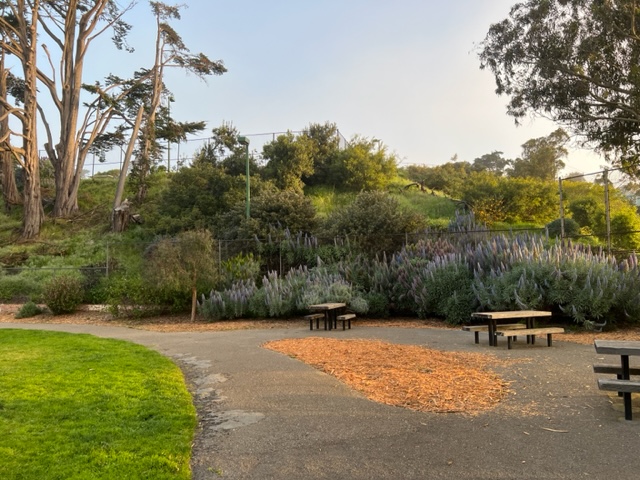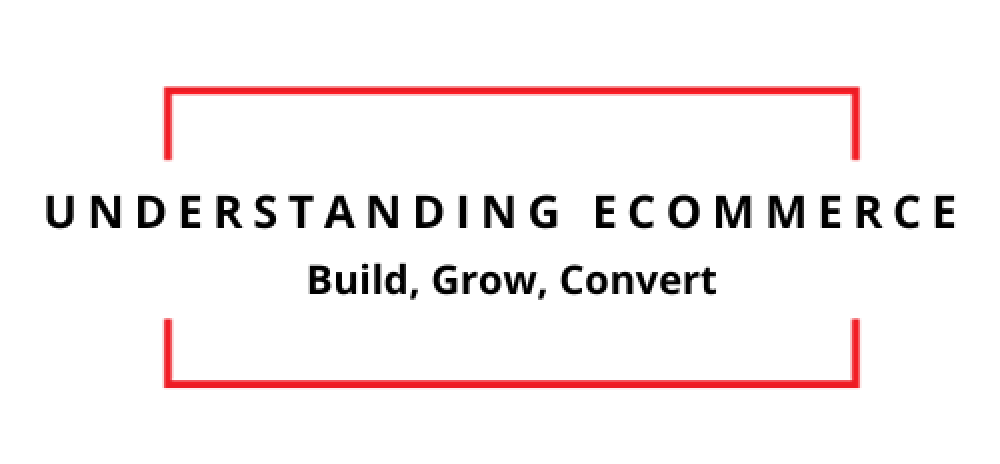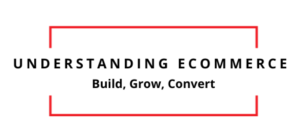We launched Understanding eCommerce after building our online store. Like everybody else, we had dreams of becoming rich on the Internet.
Our Back Story – Failed eCommerce Entrepreneurs
We built our first store on Yahoo and generated a fair amount of traffic because we successfully launched a Yahoo group. But one day, we pissed off the Yahoo gods, and the group was gone. And so was the traffic source to our store. At the time, the platform was clunky, and there was always the threat of being bounced from the platform. From that experience, I developed my first Golden Rule of Selling Online: Don’t Build on Rented Land.
We transitioned from Yahoo Groups to Blogging on TypePad. And we built our store using HTML. We did OK, but coding and upkeep were a bitch. But we had control of the store and bumped along. We stayed in our lane and did OK for a while. As we grew, we took on new challenges incorporating social media, dabbled on eBay and Amazon, and incorporated offline into the mix, such as tradeshows and events. Some of it worked, some of it – not so much.
Then, in 2008, the bottom fell out. Our sales dried up overnight. The economy was tough, and we were a luxury item that people could live without. We continued to struggle for a few more years before calling the quits. We kept it going way beyond what we should have, but who wants to give up on their dream, right?
To make ends meet, we began building sites for others—a website here, a store there, with a little bit of social media marketing thrown in.
Never Stopped Learning
Through all this, we tried new platforms, explored Omnichannel marketing strategies, and built stores on Yahoo, WooCommerce, Big Commerce, Typo3, and Joomla. Some were overkill, and some died independently, but two preferred platforms emerged – WordPress and Spotify. WordPress allowed us to build user-friendly sites with intuitive dashboards that were easy to navigate with little or no coding, and a host of plugins offered expansive capabilities. Spotify was also an intuitive, easy-to-use tool. So these days, there are our platforms of choice.
In addition, we began to appreciate that not all users are the same. Many find traditional websites prohibitive. So, we began to embrace accessibility tools to ensure that everyone has access to what we build for our clients. We also had the luxury of working wherever we could find an Internet connection. With the added freedom, we headed off to Europe. During our time in Europe, GDPR became a thing. A big thing. So, we learned how to build privacy and compliance into our websites.
What about Content?
While working in Berlin, we began focusing on niches. It’s what you are supposed to do. So we did, and we focused on Digital Health. We worked with accelerators like Startup Bootcamp and Barcelona Health Hub. We learned about value-based care and digital therapeutics, and, with a background in venture capital from a previous life, we focused on supporting startups in Digital Health. We helped them fine-tune their messaging through pitch decks and other brand collateral, including website and social media.
A healthcare company approached us to leverage this niche expertise through whitepapers, webinars, and content marketing. We then shared their content on traditional social media platforms with a B2B focus, including LinkedIn. If you are in digital health or healthcare, follow us on LinkedIn at This Week in Digital Health, where we offer curated content, funding updates, and the latest innovations in healthcare.
Are You High?
While we were living in Berlin, Cannabis emerged on the radar. Germany was considering allowing for medicinal use (and now, finally, recreational use). Cannabis Startups emerged, and we supported them with content development, industry updates in a weekly podcast, and, once again, a LinkedIn group – CannaList Network.
Finding Our Way Home
After ten years abroad, we returned home to San Francisco. We continued our work in Cannabis and Digital Health. In the last few years, with the advent of Generative AI, creating brand awareness through organic SEO has become increasingly harder. At the same time, paid ads are becoming increasingly expensive. Thus, we work with our clients to create an omnichannel approach to visibility, combining Facebook and LinkedIn groups, videos, voice, and podcasting into their marketing mixes.
Having returned to our roots and the Bay Area, we also focus on supporting startups. To learn more, follow Startup Stories SF.
Lastly, we have included a hyper-local focus with Google Business, directories, events, and referral marketing.
Data and Metrics
To understand what is working and what isn’t, we do a fair amount of A/B testing and develop KPIs to measure what matters, such as customer conversion, sales, churn, and, ultimately, the bottom line.
With over twenty years of experience, we’ve made a lot of mistakes, so you don’t have to. Leverage that knowledge to BUILD your business, GROW your brand awareness or thought leadership, and ultimately CONVERT followers into paying customers.
You can find us in the dog park when we’re not creating content.

About Understanding eCommerce
* No human beings were displaced by AI while writing this story. #NoAI only #HumanWritten

